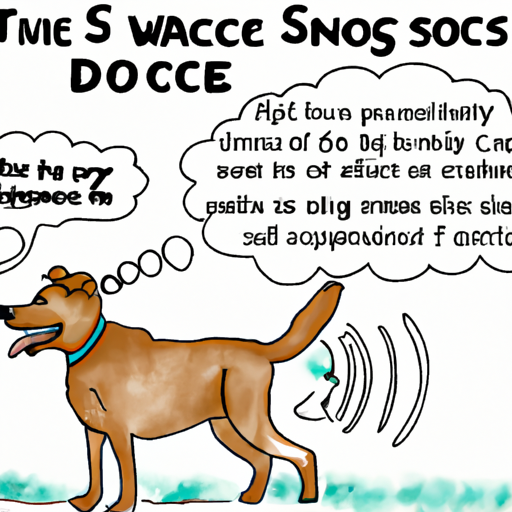Have you ever wondered why your furry friend’s tail wags with such fervor? Let’s dive deep into the world of canine behavior and understand the nuances behind those adorable tail wags.
Understanding Dog Communication
Dogs, just like us, have their unique way of communicating. They use their bodies, especially their tails, to express a range of emotions and intentions. Here’s a quick snapshot of what different tail positions could possibly mean:
| Tail Position | Possible Meaning |
|---|---|
| High and stiff | Dominance or aggression |
| Low or between legs | Fear or submission |
| Wagging fast | Excitement |
| Wagging slow | Uncertainty |
Remember, these are just general guidelines. Each dog is unique and may express themselves slightly differently.
Decoding the Wag
-
Direction Matters: Research suggests that the direction of your dog’s wag can indicate their emotional state. A wag more to the right often indicates positive emotions, while a wag to the left might indicate negative emotions.
-
Speed of the Wag: The speed of your dog’s tail wag can also tell a story. A fast wag often shows excitement, while a slow wag can indicate uncertainty or caution.
-
The Whole-Body Wag: Have you ever seen your dog wag their tail so hard that their entire body wiggles? This is usually a sign of extreme happiness or excitement!
The Science Behind the Wag
The reason why dogs wag their tails is deeply rooted in their evolutionary past. Wolves, the ancestors of our domestic dogs, also use their tails to communicate. For dogs, this behavior is a powerful way to express their emotions and intentions to both humans and other dogs.
The Role of Breed and Personality
Different breeds of dogs may wag their tails differently due to their genetic makeup. For example, greyhounds have thin, whip-like tails they often wag in a circular motion, while bulldogs have short, stubby tails that wiggle side to side. Individual personality also plays a role in how a dog wags its tail.
The Importance of Context
Lastly, it’s crucial to consider the context when trying to understand your dog’s tail wag. A wagging tail in combination with growling, for example, likely means something very different than a wagging tail during playtime. Always consider the overall body language, environment, and situation when interpreting your dog’s tail wag.
Frequently Asked Questions
1. Can I understand my dog’s mood just by looking at their tail wag?
While a wagging tail can provide clues, it’s best to consider the overall body language, environment, and situation to understand your dog’s mood fully.
2. My dog’s tail is always down. Does that mean they’re always scared?
Not necessarily. Some breeds naturally hold their tails lower than others. It’s important to know your dog’s normal tail position to identify any changes.
3. Why does my dog wag their tail when they see me?
Dogs often wag their tails when they see their owners as a sign of affection and excitement.
4. Can cats communicate with their tails too?
Yes, cats also use their tails to communicate, but the meanings can be quite different from dogs.
Remember, understanding your dog’s tail wag is a combination of knowledge, observation, and knowing your pet. So, the next time your dog wags its tail, you’ll have a little more insight into what they might be trying to say!



